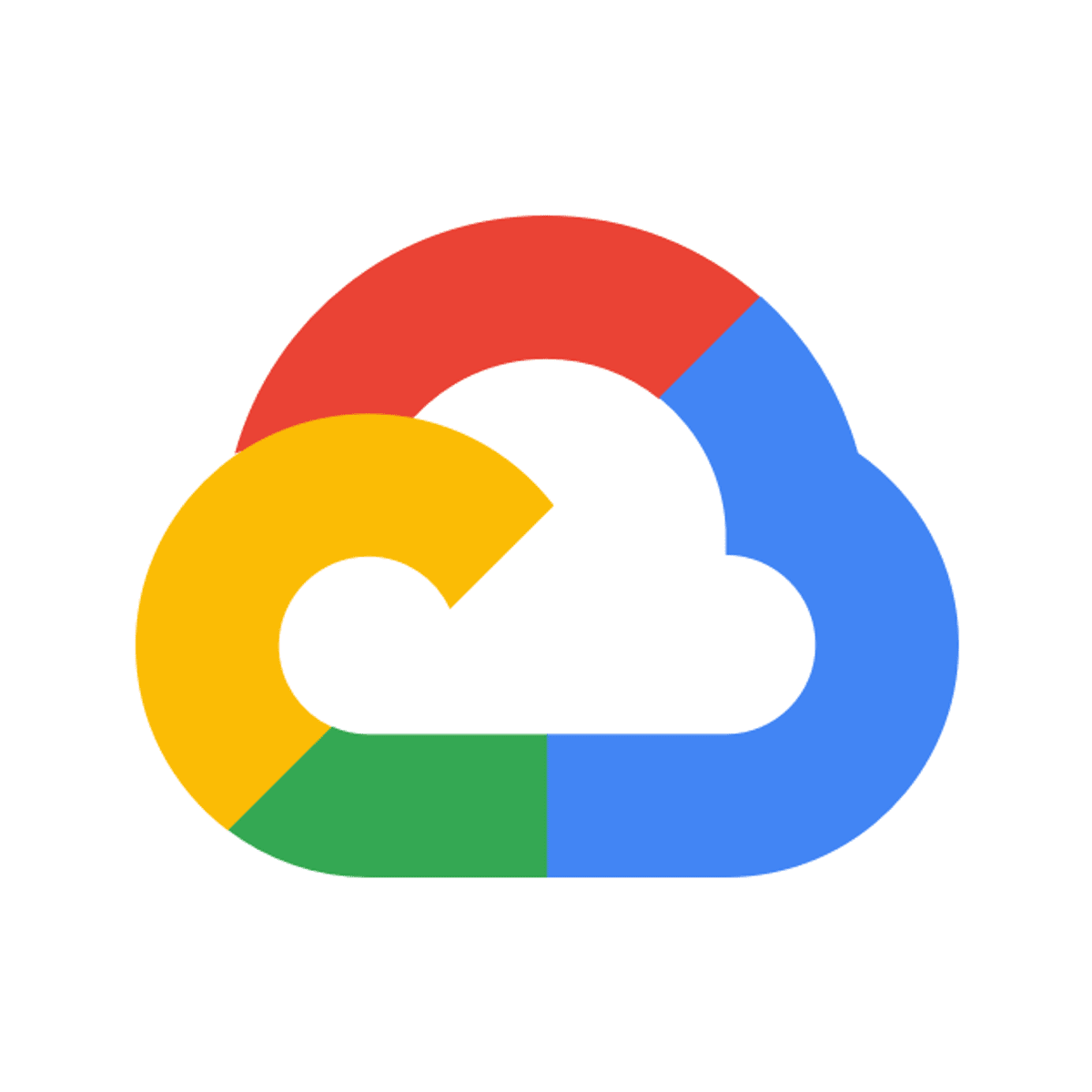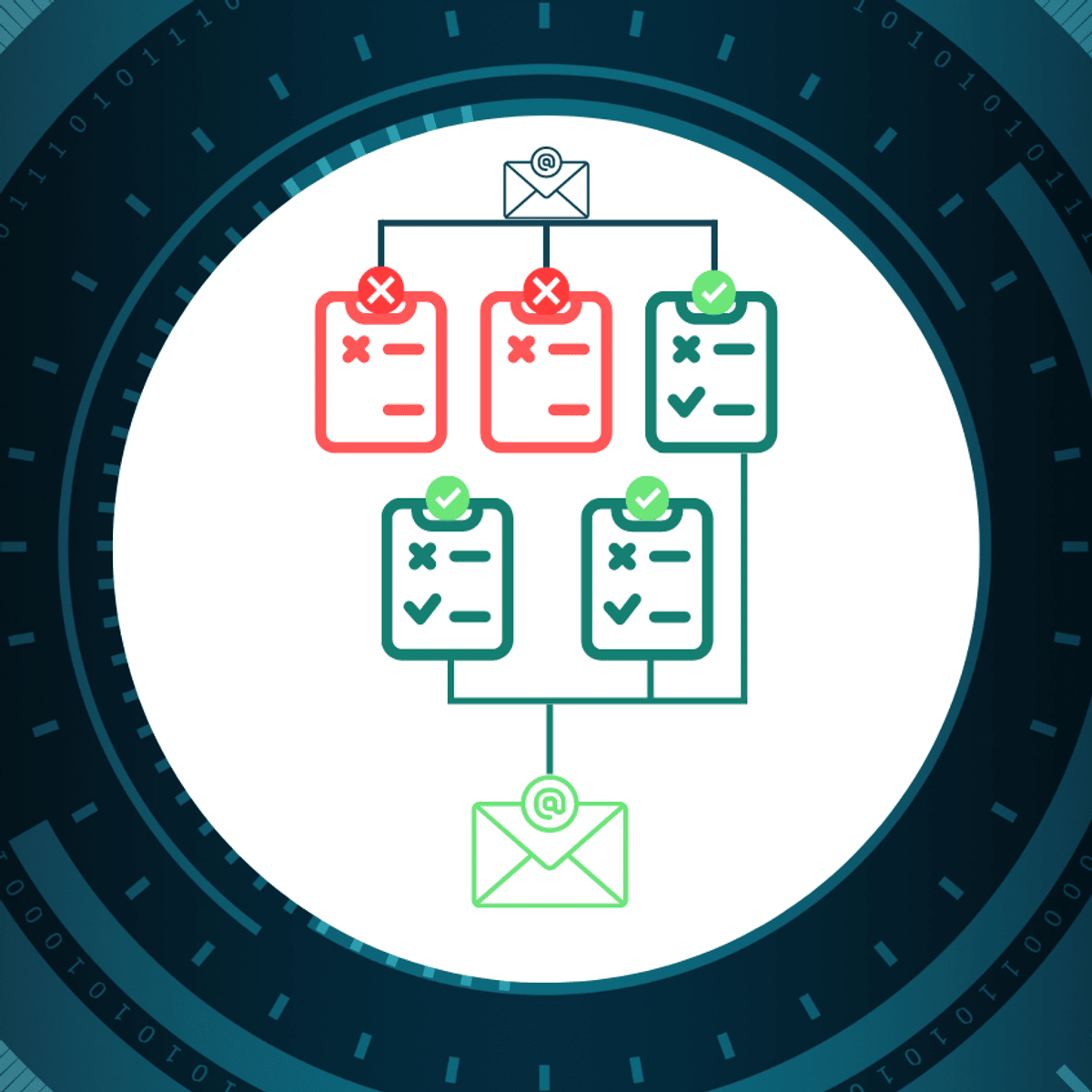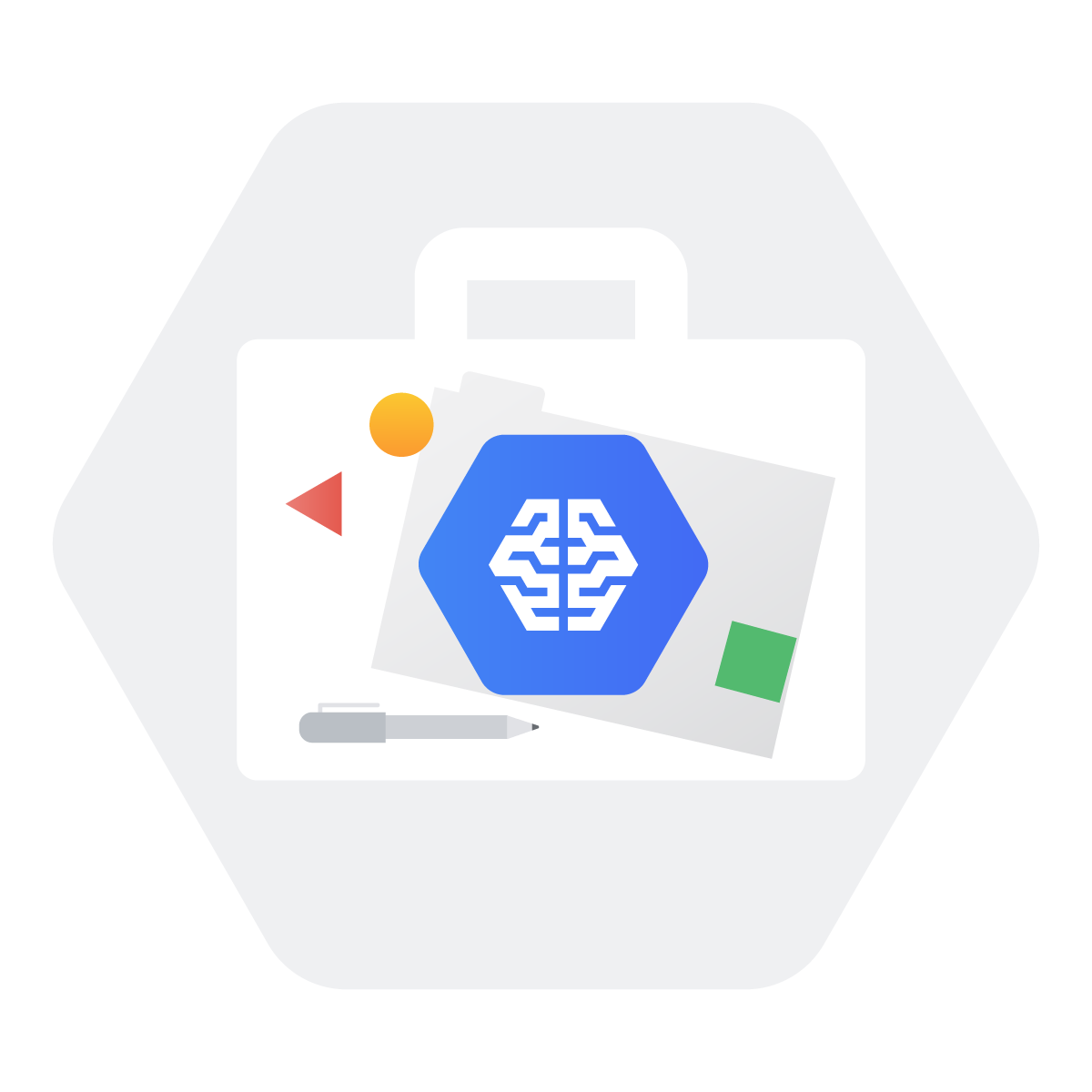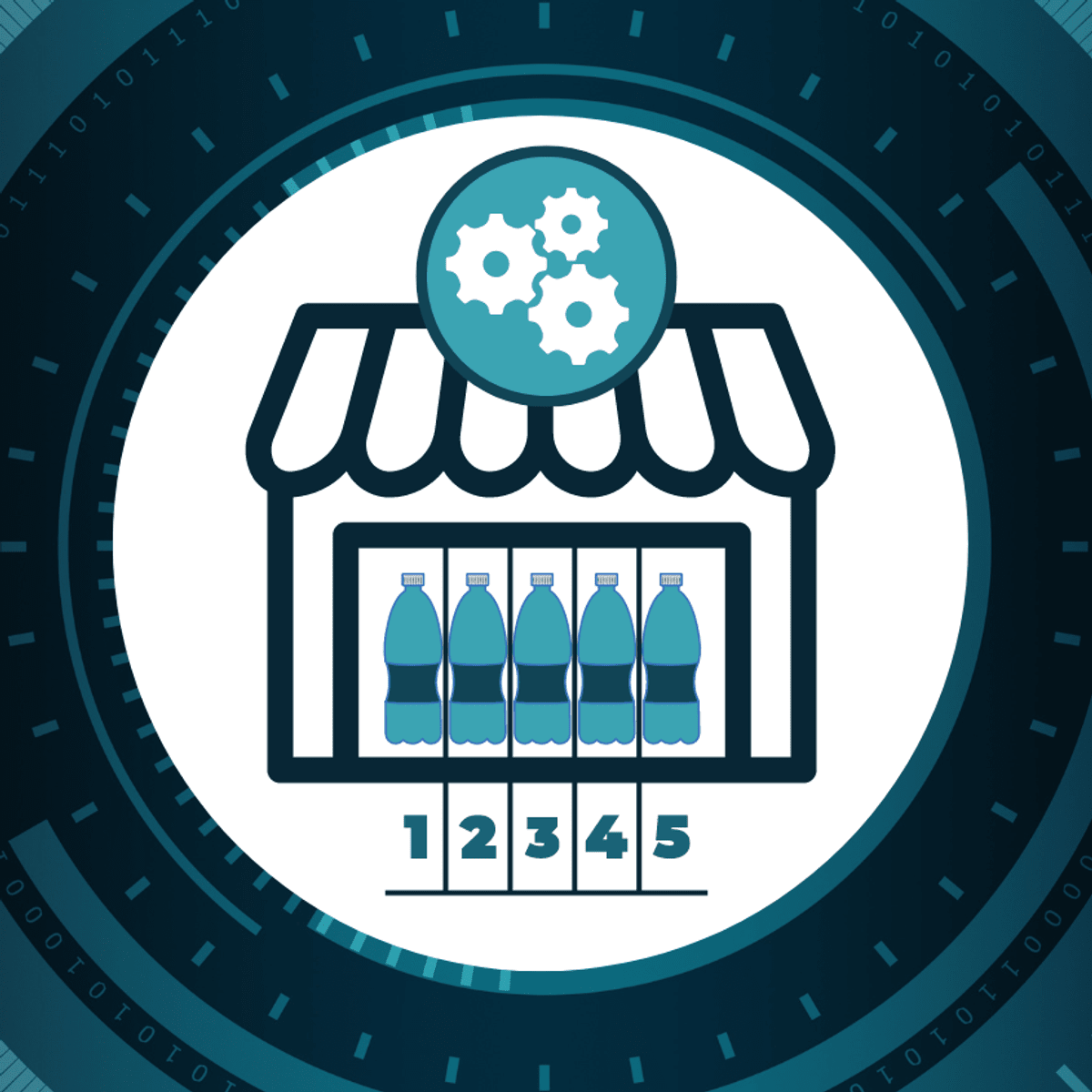Back to Courses









Information Technology Courses - Page 12
Showing results 111-120 of 1471

Modernizing Applications with Apigee X
This is a self-paced lab that takes place in the Google Cloud console.
In this lab, you deploy a backend service on Cloud Run. The backend service implements a REST API for a bank, storing customers, accounts, ATMs, and transactions in a Firestore database. You create a shared flow that retrieves and caches content from an external service. You then call that shared flow from your API proxy, and use JavaScript code to modify an API response.

Data Engineering and Machine Learning using Spark
Organizations need skilled, forward-thinking Big Data practitioners who can apply their business and technical skills to unstructured data such as tweets, posts, pictures, audio files, videos, sensor data, and satellite imagery and more to identify behaviors and preferences of prospects, clients, competitors, and others.
In this short course you'll gain practical skills when you learn how to work with Apache Spark for Data Engineering and Machine Learning (ML) applications. You will work hands-on with Spark MLlib, Spark Structured Streaming, and more to perform extract, transform and load (ETL) tasks as well as Regression, Classification, and Clustering.
The course culminates in a project where you will apply your Spark skills to an ETL for ML workflow use-case.
NOTE: This course requires that you have foundational skills for working with Apache Spark and Jupyter Notebooks. The Introduction to Big Data with Spark and Hadoop course from IBM will equip you with these skills and it is recommended that you have completed that course or similar prior to starting this one.

IS/IT Governance
Firms make significant investments in IT. In the IS/IT Governance course we will discuss how to govern IT to make sure that the IT investments contribute to organizational goals and strategies.
Firms need to formally evaluate significant IT investments. IT investments are also risky, so firms need to consider the risk associated with the investments to appropriately evaluate the investment. We will discuss how to evaluate IT investments.
Firms usually make multiple IT investments in a given year. In this course we will discuss how to evaluate a portfolio of IT investments. Firms need a mechanism to charge users for the IT investments made to encourage prudent consumption of IT resources. We will discuss different mechanisms for charging for IT that incents users to spend IT dollars wisely.
Finally, IT investments are made to generate value for the firm. This requires that employees actually use the new IT systems that is developed. Thus, in the IS/IT Governance course we will discuss strategies to make sure that users use the new system so that the firm derives value from its IT investments.

Fraud Detection on Financial Transactions with Machine Learning on Google Cloud
This is a self-paced lab that takes place in the Google Cloud console.
Explore financial transactions data for fraud analysis, apply feature engineering and machine learning techniques to detect fraudulent activities using BigQuery ML.

Process Forms with AI Model in Power Automate
Do you receive an extraordinary amount of job application emails every day? Moreover, do you have the time to screen and read each job applicant’s email? How can you efficiently filter all candidate emails and forward qualified applicants to hiring committees?
In this beginner-level guided project "Process Forms with AI Model in Power Automate", we will use a pre-created job application form and create a model that will extract data from the form. We will then train the model with a couple of patterns, and create a flow that will use the model when candidate emails arrive. Consequently, when we receive a job application by email, the application will go through the flow and, if the candidate meets desired requirements, forward the email to the supervisor.
The requirement for this project is having a Microsoft developer program account, but don’t worry, you will be given instructions on how to get it right here.
If you are ready to make your and your colleagues’ lives easier by starting to automate manual, time-consuming processes, then this project is for you! Let's get started!

Use Docker at AWS with the Command Line
Docker management in the Cloud is a valuable skill to have if you want to be a Docker administrator, a Docker user, or just want to learn more about Docker in the Cloud. Many businesses have already moved their IT assets to the Cloud and many more are in the process.
At the end of this project, you will know how to launch an Amazon Web Services (AWS) Linux server and then install and manage Docker on it remotely using a command line tool.

Introduction to Back-End Development
Welcome to Introduction to Back-End Development, the first course in the Meta Back-End Developer program.
This course is a good place to start if you want to become a web developer. You will learn about the day-to-day responsibilities of a web developer and get a general understanding of the core and underlying technologies that power the internet. You will learn how front-end developers create websites and applications that work well and are easy to maintain.
You’ll be introduced to the core web development technologies like HTML and CSS and get opportunities to practice using them. You will also be introduced to modern UI frameworks such as Bootstrap and React that make it easy to create interactive user experiences.
By the end of the course, you will be able to:
- Describe the front-end developer role
- Explain the core and underlying technologies that power the internet
- Use HTML to create a simple webpage
- Use CSS to control the appearance of a simple webpage
- Explain what React is
- Describe the applications and characteristics of the most popular UI frameworks
For the final project in this course, you will create and edit a webpage using HTML and the Bootstrap CSS framework. Using a responsive layout grid, you will construct a responsive webpage containing text and images that looks great on any size screen.
This is a beginner course intended for learners eager to learn the fundamentals of web development. To succeed in this course, you do not need prior web development experience, only basic internet navigation skills and an eagerness to get started with coding.
Managing Machine Learning Projects with Google Cloud
Business professionals in non-technical roles have a unique opportunity to lead or influence machine learning projects. If you have questions about machine learning and want to understand how to use it, without the technical jargon, this course is for you. Learn how to translate business problems into machine learning use cases and vet them for feasibility and impact. Find out how you can discover unexpected use cases, recognize the phases of an ML project and considerations within each, and gain confidence to propose a custom ML use case to your team or leadership or translate the requirements to a technical team.

Monitoring & Telemetry for Production Systems
Monitoring & Telemetry for Production Systems is a concise guided project about various methods of monitoring Production Servers to ensure Reliability of Web Services, Sites, Servers and Applications.
This guided-project introduces you to Monitoring & Telemetry for Production Systems. The tasks comprising this project demonstrate how Production Servers and Applications are monitored and the tools used in the process.
For a successful DevOps setup, a good monitoring platform lets you monitor infrastructure and application performance, whether on-premise, in the cloud, or across containerized environments — so you have complete visibility into every system, all the time. This guided-project introduces you to these tenets of monitoring wit h meaningful hands-on exercises. By the end of this project, you will be able to:
- Learn Monitoring & Telemetry Fundamentals
- Equip yourself with Linux Command line Monitoring Tools
- Understand how to perform Server & Docker Container Monitoring with Netdata & Cadvisor
- Perform Application Monitoring & Telemetry with Prometheus & Grafana - Part I
- Perform Application Monitoring & Telemetry with Prometheus & Grafana - Part II
- Implement Log Monitoring & Analysis with ELK Stack

Power Apps for Beginners: Easy Stocktaking with AI Builder
What's the quickest and most efficient way of keeping track of articles in stock? A company supply department usually counts articles manually - how many specific sodas, cookie packages, or any other articles they have. It's a time-consuming and error-prone process, but thankfully, it can be automated with AI Builder and Power Apps.
In this beginner-level guided project, you will build and train an AI Builder model for counting objects in images and create a Power Apps application which will use that AI model to show you the number of articles found in images. Of course, the Power App can be shared with colleagues so they can use it too. All we need to do is take our phone, open the application, upload or take a photo of articles and let Power Apps and AI Builder do the rest. Is that a great improvement of a business process or what?
The best thing about AI Builder and Power Apps is that anyone can learn to use them regardless of their educational background. We don’t need to be familiar with any programming language; basic knowledge of Excel-like formulas is enough for completing this project.
Popular Internships and Jobs by Categories
Find Jobs & Internships
Browse
© 2024 BoostGrad | All rights reserved